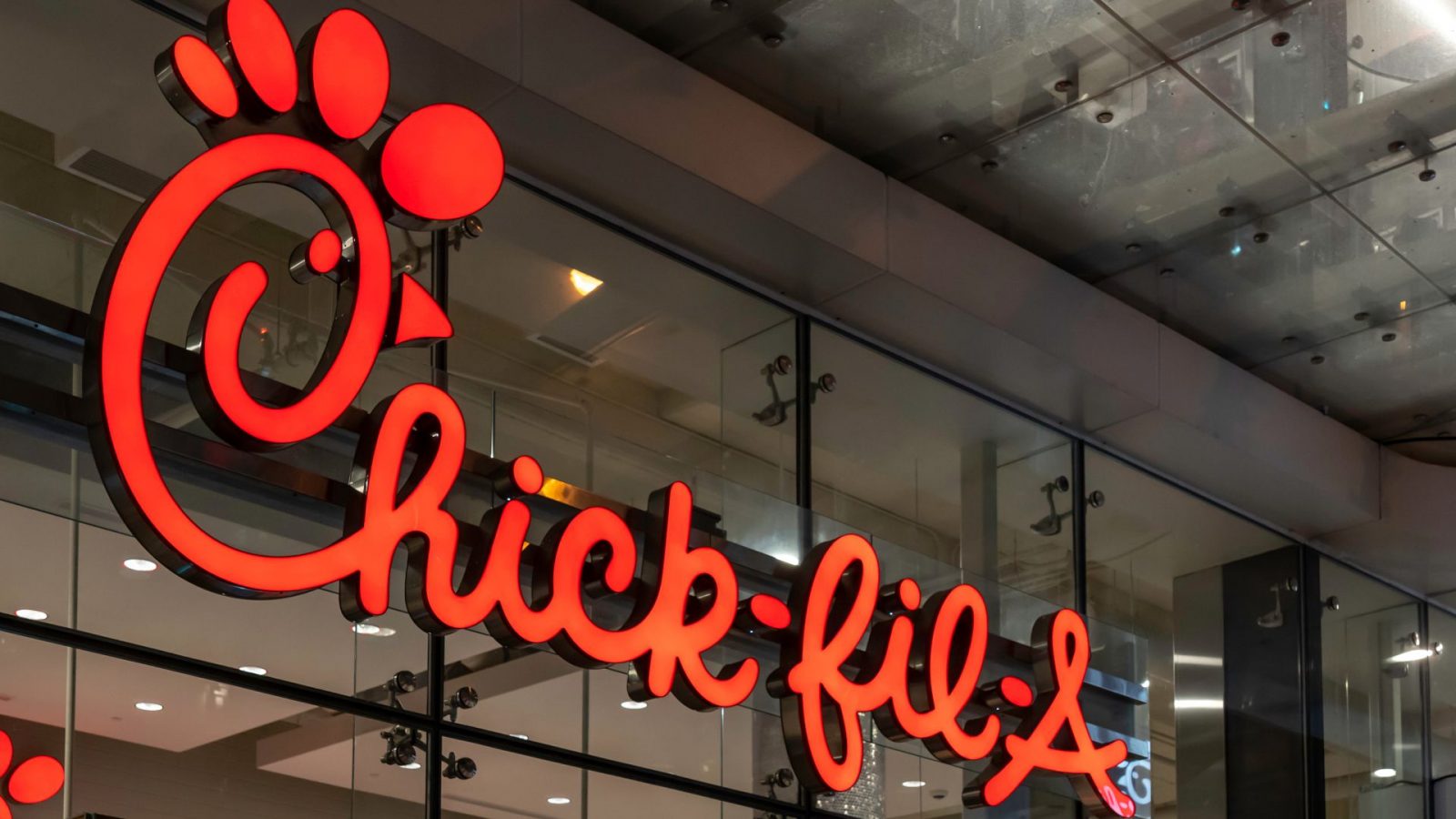“We are thrilled about working with Chick-fil-A, an organization that is admired and respected as much for its commitment to the communities it serves, as it is for the innovation and quality of its business,” said Refraction AI CEO Luke Schneider.
Like many other delivery robots, the company’s flagship REF-1 robot can switch between full autonomy and remote operation when needed. It also has an insulated compartment to maintain the temperature of the food, but the company aims to deliver within 10 to 12 minutes to ensure orders are received at the proper temperature.
The REF-1 is unique among delivery robots in a few ways, however. For one, it’s larger and heavier than sidewalk robots from Starship Technologies or Kiwibots but smaller and lighter than a car-size robot like Nuro’s.
It’s also lightweight and low-power enough to qualify under e-bike regulations but fast and nimble enough to keep up with vehicles on the street. That makes it something of a Goldilocks, capable of operating in both bike and car lanes without impeding traffic.
On sidewalks or shoulders, the REF-1 typically travels at around 15 mph. That’s slow enough to give it a stopping distance of about 10 feet and allows Refraction AI to use low-cost sensors like cameras rather than expensive lidar, which is needed for the vehicle to “see” farther away. Robots like Nuro’s, which travel at higher speeds, require more costly technology.
More Providers Offering Robotics as a Service
But perhaps the most intriguing difference between Refraction AI and other robot delivery players is the platform itself. It’s one of the first companies to deploy a robots-as-a-service (RaaS) model — essentially a subscription to robots — for delivery. Under an RaaS framework, brands can sign a contract to use a fleet of delivery robots for a set time period, typically one to three years, without buying the vehicles outright.






